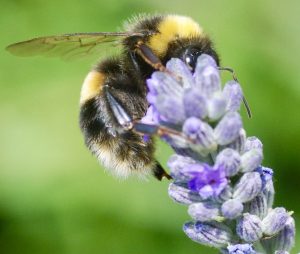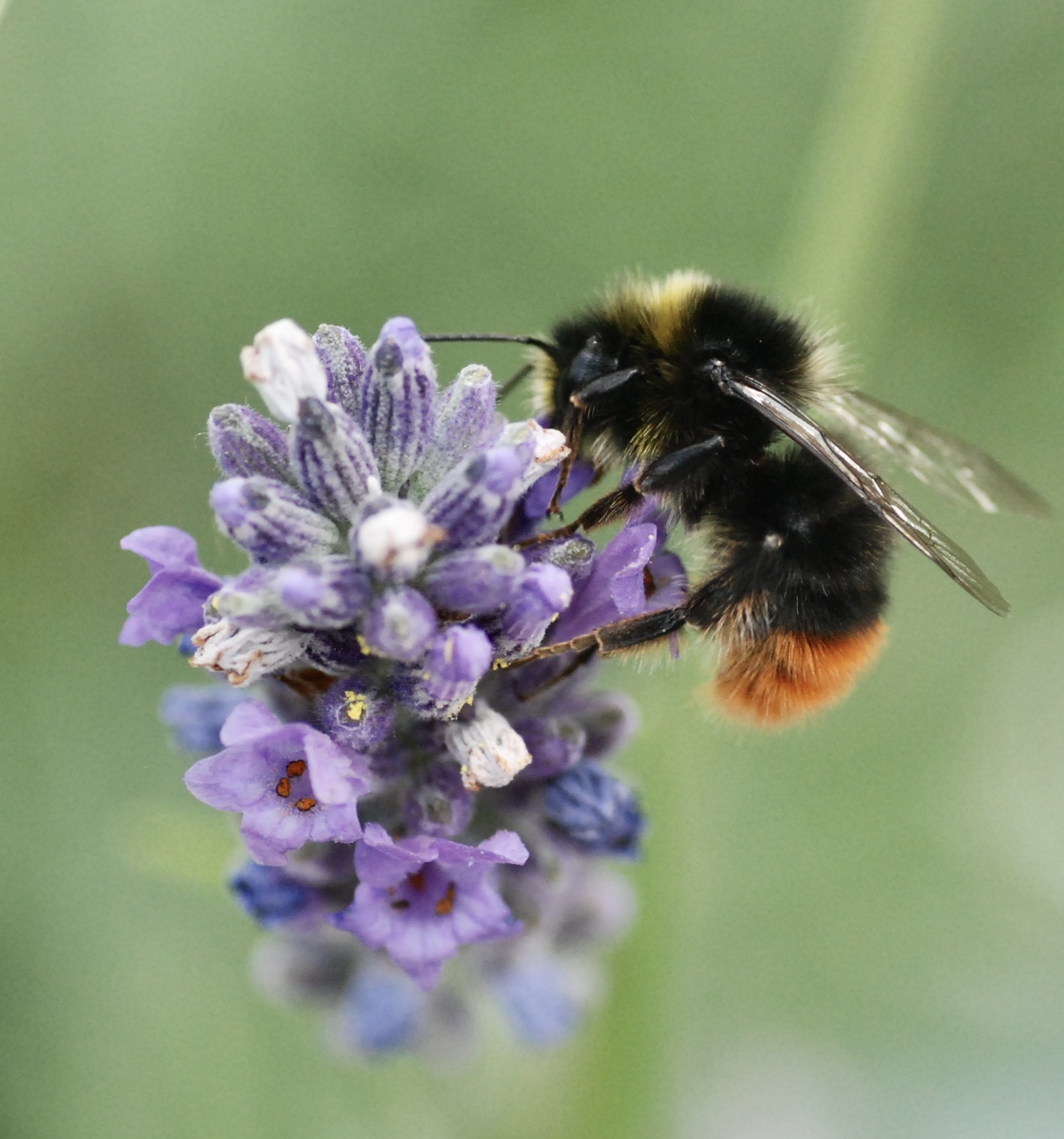Flowers and urban bumblebees

The decline of bumblebees and other pollinators has been noted in the woodlands blog on several occasions; they play a key role in the pollination of many crops that we rely upon.
Urban areas are now important habitats for bees, bumblebees and other pollinators as the world becomes increasingly urbanised, and patterns of land management have changed over the last century - with vast swathes of monocultures. Urban areas can offer a much greater selection of plant species. Cities can offer diversity to both long tongued and short tongued bumblebees (specialists and generalists respectively) by offering a rich choice of flowering plants. Specialist bumblebees have long tongues to probe deep into certain flowers, whereas short-tongued, generalist bumblebees can collect nectar / pollen from a variety of flowers.
A study (undertaken in Poland) has examined the flower preferences of a number of bumblebees species. The selection of flower species found in towns and cities is often dictated by aesthetic or ‘functional’ reasons (e.g.colour, flowering period, resistance to pollution / aridity), which is not related to their attractiveness to bumblebees and other pollinators. Indeed, many plants sold by garden centres and commercial outlets are ‘sterile’ - they do not produce pollen and / or nectar. Consequently, they offer no benefits to pollinators and are not attractive to the bees.

Bumblebee on lavender
The study found that the ‘preferred plants’ for some 17 bumblebee species were violet / purple /pink, native, perennial plants - often members of the Pea / Bean family (the Fabaceae) or the mint / deadnettle family (the Lamiaceae). The Fabaceae includes species such as clover, laburnum , gorse, lupin etc whereas the Lamiaceae includes plants such lavender, mint, rosemary, sage, thyme. The study suggests that planting of appropriately coloured (and nectar rich) species would help ‘struggling’ bees. For the long tongued bees, flowers with a long corolla (a tube-like arrangement of the petals) would help their survival; plants like comfrey, borage, lungwort. The research work examined the species and abundance of bumblebees in the green areas of the city of Wroclaw, in south-western Poland. The findings have been published in the Urban Forestry & Urban Greening journal.
Comments are closed for this post.

I have several Arbutus unedo (Strawberry Tree) in my garden, the flowers are awash with dozens of bumble bees every year, I see all types of bumble bee on the Strawberry tree flowers but the ‘honey bee’ ignores it as I had a wild honey bee swarm nest in an old log last year not 2m from a big Stawberry tree and the honey bees went seaching elsewhere while the Strawberry tree was covered in bumble bees.
ken
14 March, 2020